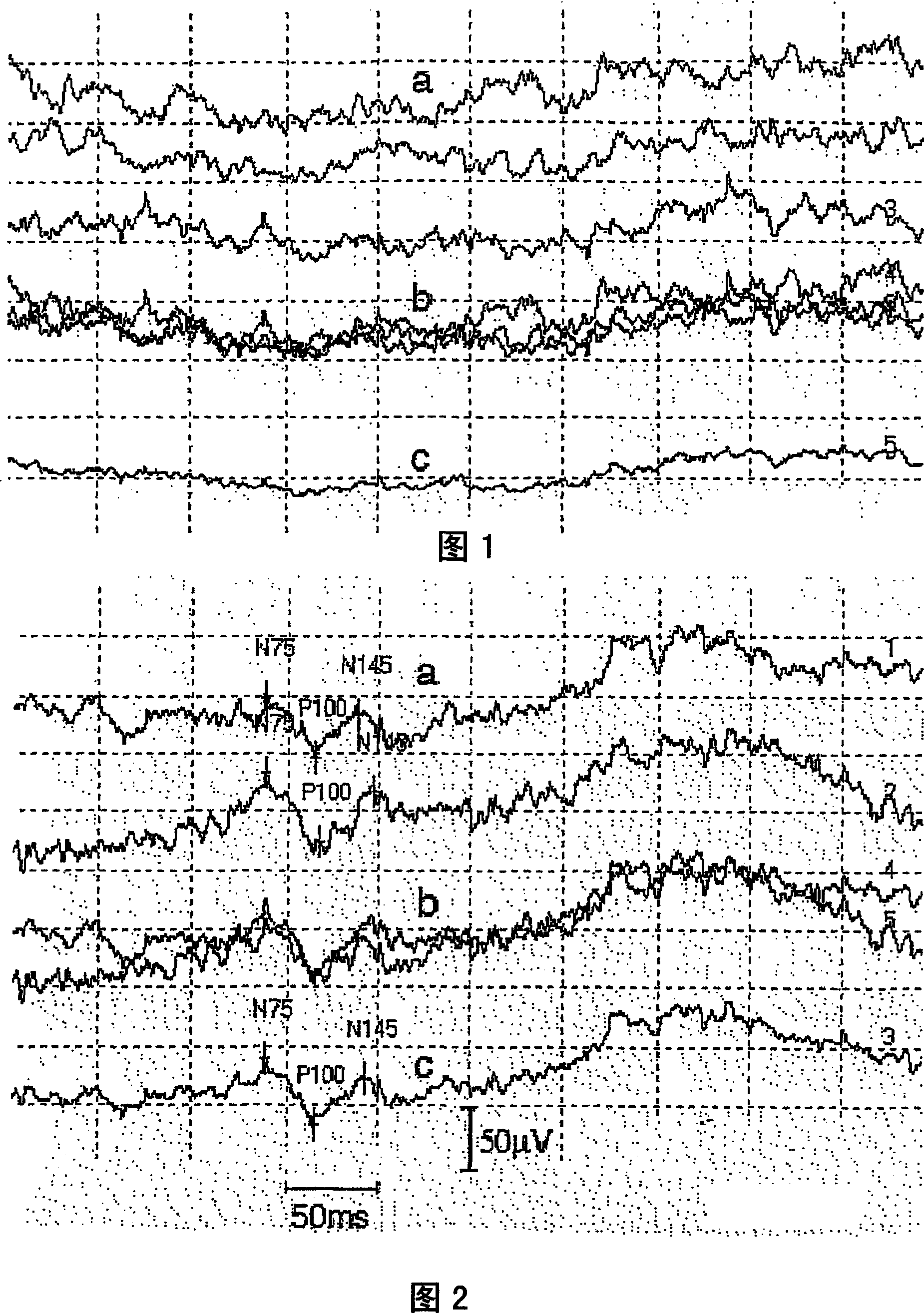Treatment of diseases
A disease, neurological disease technology, applied in a method and composition for restoring or improving neurotransmitter, disease drug, treatment of non-demyelinating neurological disease, group of autoimmune diseases field, able to solve slow and other problems
- Summary
- Abstract
- Description
- Claims
- Application Information
AI Technical Summary
Problems solved by technology
Method used
Image
Examples
Embodiment Construction
[0040] Example of production of goat serum
[0041] Goats were inoculated by intramuscular injection of a lysed HIV virus mixture in Freund's adjuvant. The virus was first heat killed at 60°C for 30 minutes. After an appropriate time interval, such as 2 weeks, blood samples are drawn for initial evaluation. In the optimized protocol, goats were injected weekly for 4 weeks, and then blood was drawn from the animals at 6 weeks to obtain the agent.
[0042] Under aseptic technique, approximately 400 cc of blood was extracted from the goat. The area for needle extraction was shaved and prepared with povidone-iodine. An 18-gage needle was used to extract approximately 400 cc of blood from the animal. It should be noted that animals tolerated the withdrawal of approximately 400 cc of blood without suffering any adverse effects. The animals do not have to be sacrificed. The animal can then be bled again approximately 10-14 days after it has replenished its blood volume.
[004...
PUM
 Login to View More
Login to View More Abstract
Description
Claims
Application Information
 Login to View More
Login to View More - R&D
- Intellectual Property
- Life Sciences
- Materials
- Tech Scout
- Unparalleled Data Quality
- Higher Quality Content
- 60% Fewer Hallucinations
Browse by: Latest US Patents, China's latest patents, Technical Efficacy Thesaurus, Application Domain, Technology Topic, Popular Technical Reports.
© 2025 PatSnap. All rights reserved.Legal|Privacy policy|Modern Slavery Act Transparency Statement|Sitemap|About US| Contact US: help@patsnap.com

